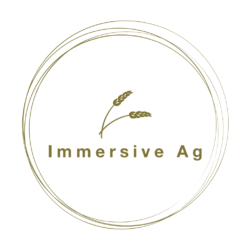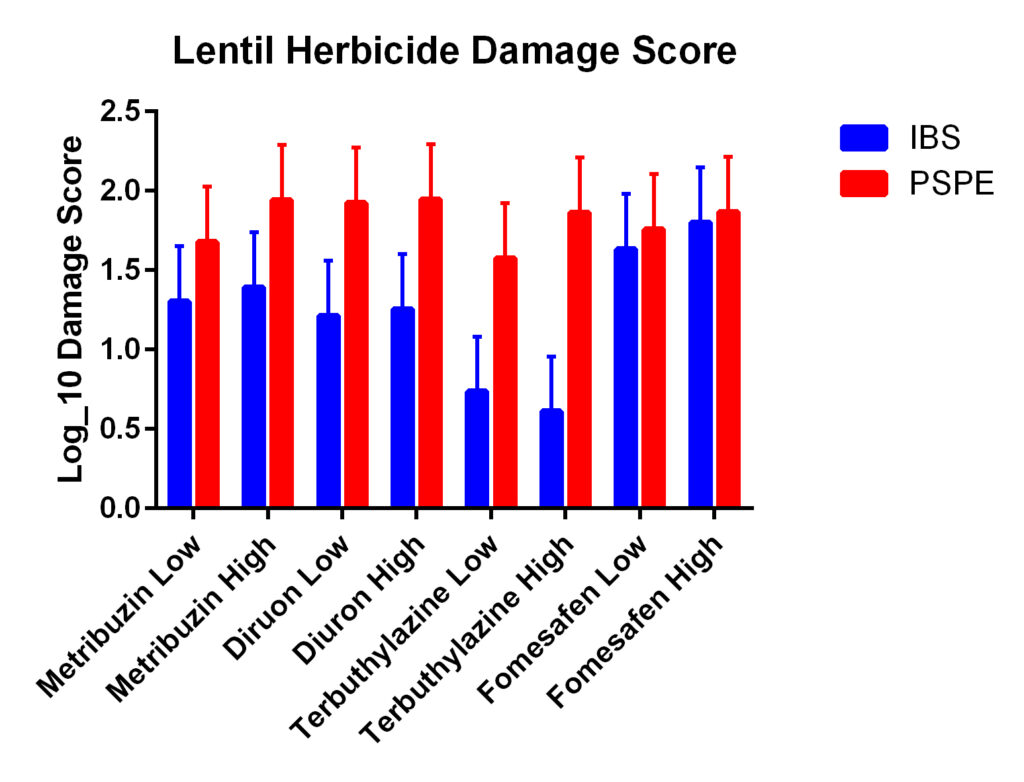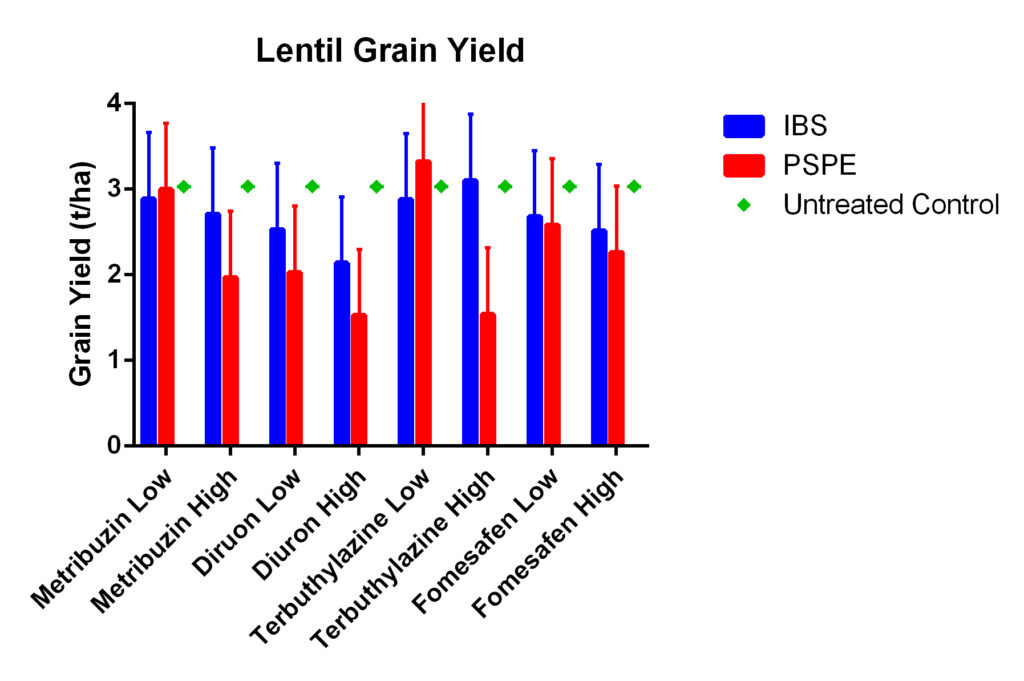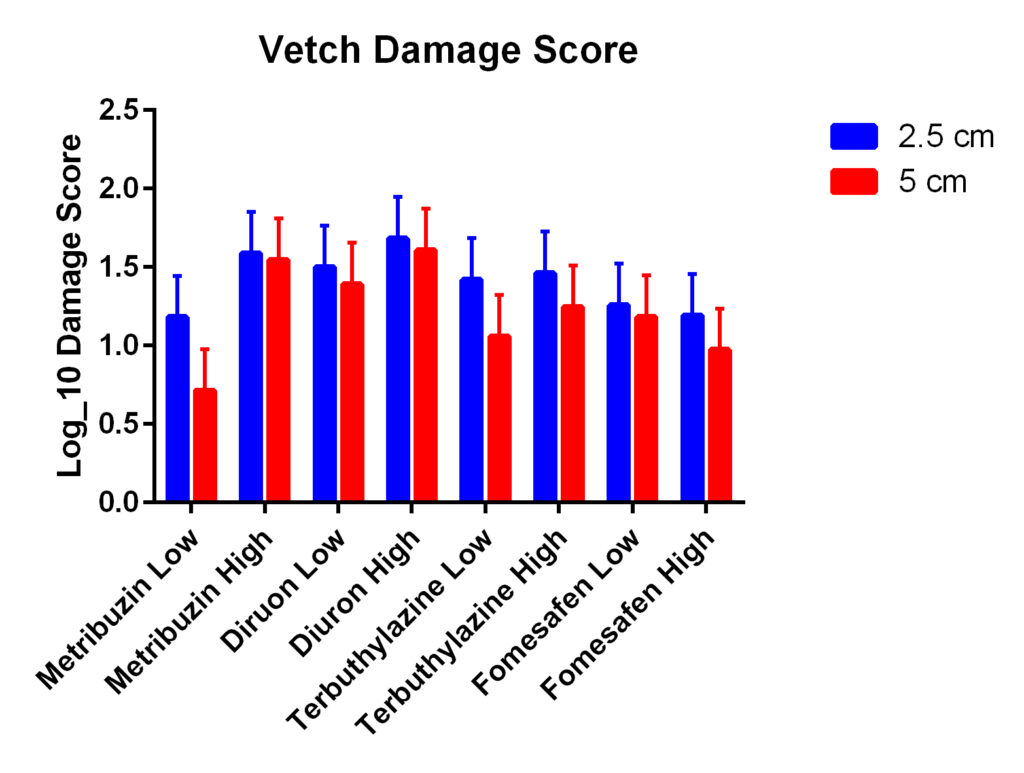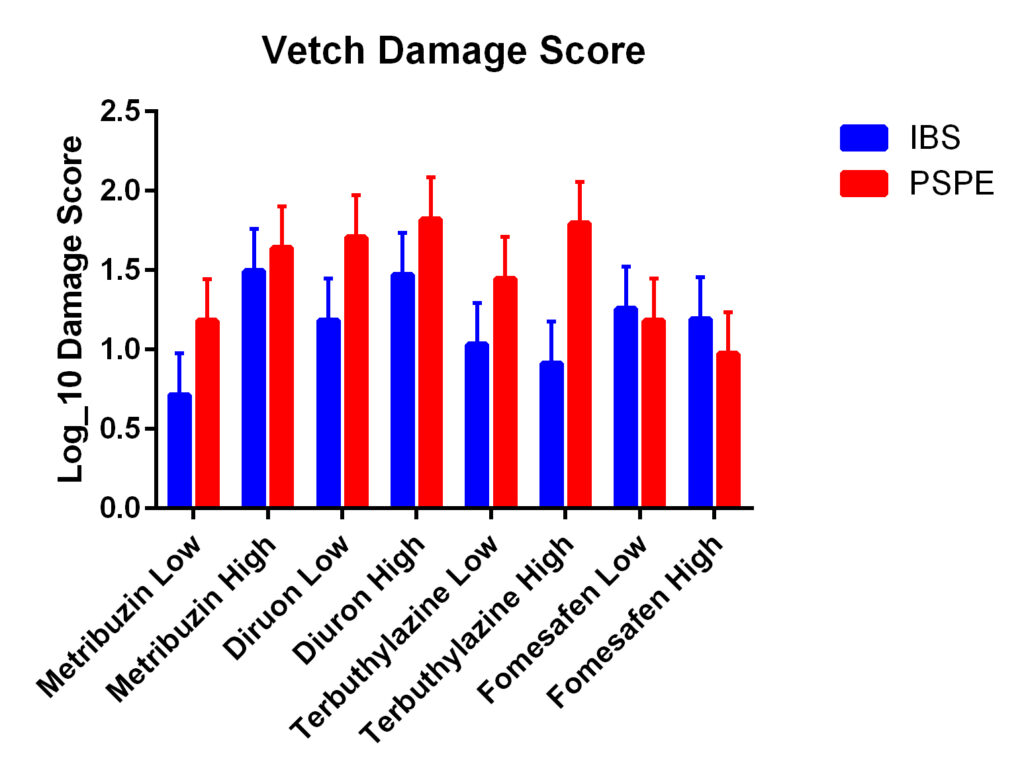About the Trial
Pre-emergent herbicides were applied on 4th May 2022 prior to sowing vetch (Timok) and lentils (GIA Lightning) at Loxton (Table 1).
Each herbicide was applied at a district application rate or double the standard district rate (high) and are summarized in Table 1. Herbicides were also applied as either an Incorporated By Sowing (IBS) or Post Sowing Pre-Emergent (PSPE) application. Both crops were also sown either shallow (approximately 2.5 cm) or deep (approximately 5 cm) depth.
| Herbicide | Herbcide Group | Low Rate | High Rate |
| Untreated Control | N/A | N/A | |
| Metribuzin (750 g/kg) | 5 | 130 g/ha | 260 g/ha |
| Diuron (900 g/kg) | 5 | 400 g/ha | 800 g/ha |
| Terbuthylazine (875 g/kg) | 5 | 430 g/ha | 860 g/ha |
| Fomesafen (240 g/L) | 14 | 0.5 L/ha | 1 L/ha |
Results
The trial was implemented into a moist seedbed with approximately 30 mm of rain falling in the month prior to sowing. A further 50 mm of rain was received in the four weeks post sowing. Furthermore, 275 mm of rainfall occurred during the critical spring period which coincided with flowering and podding, extending the growing season of both crops by approximately three weeks later than normal . The protracted growing season may have allowed for some compensatory growth where early crop damage occurred.
Lentils
The application method of how herbicide was applied had the greatest impact on the level of damage to lentils. Herbicide damage assessments completed six weeks post sowing showed that applying group 5 herbicides IBS (Metribuzin, Diuron, Terbuthylazine) was less damaging than when they were applied PSPE (Figure 1). Terbuthylazine (e.g. Terbyne Extreme®) applied IBS caused significantly less damage than the other herbicides.
Based on the 6 week assessment, the level of damage was similar between all herbicides when applied PSPE. Fomesafen (Reflex®) which is a group 14 herbicide, showed high and equivalent levels of damage irrespective of being applied IBS or PSPE. The depth of seeding of the crop (2.5 cm or 5 cm) did not have a significant effect on the level of herbicide damage to lentils in 2022.
There was no grain yield penalty when each herbicide was applied IBS at the at the lower rates (Figure 2). However, a PSPE application of diuron at the low rate or applying any herbicide PSPE at the high rate resulted in a yield penalty of between 25 – 50%. There was not any effect of sowing depth on lentil grain yield in 2022.
Vetch
Early damage symptoms in vetch were also minimized where Group 5 herbicides (Metribuzin, Diuron, Terbuthylazine) were applied IBS rather than PSPE (Figure 3). Damage symptoms were highest where metribuzin, diuron and terbuthylazine (Terbyne Extreeme ®) where applied PSPE at high rates. Similar to lentils, Fomesafen (Reflex ®) exhibited similar levels of damage when applied through IBS or PSPE at either low or high rates.
Deeper sowing of vetch (5 cm) slightly reduced damage symptoms relative to sowing shallow (2.5 cm) when metribuzin and terbuthylazine were applied at low rates (Figure 4). However, sowing depth did not affect the level of damage observed for the other herbicide treatments.
Dry matter yield penalties were highest where Metribuzin, Diuron, Terbuthylazine were applied PSPE at the high rate (Figure 5). In these treatments dry matter production was reduced by 35 – 40%.

Acknowledgements
This virtual field day has been developed as part of the Mallee Sustainable Farming (MSF) project:
“Facilitating enhanced knowledge sharing of Mallee sustainable farming practices”
This project is supported by the Mallee Catchment Management Authority, through funding from the Australian Governments’ National Landcare Program.

